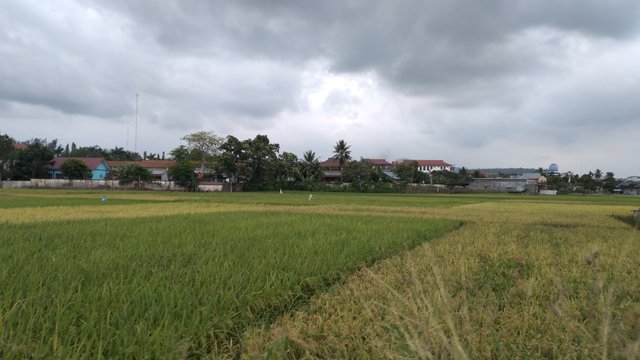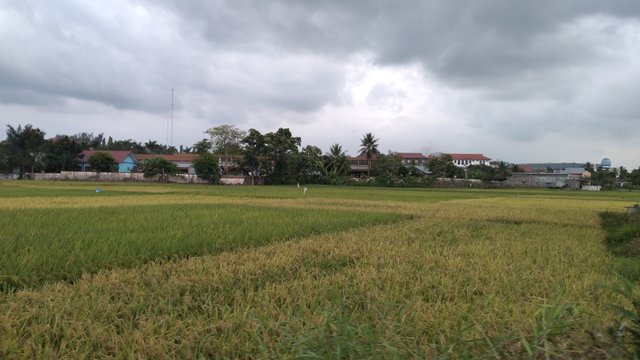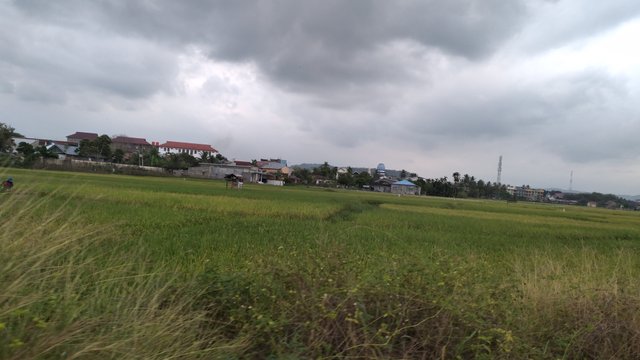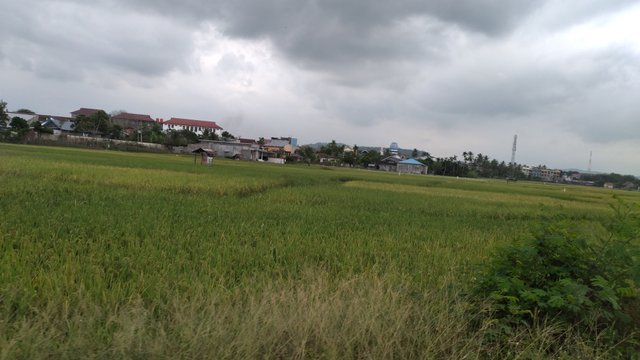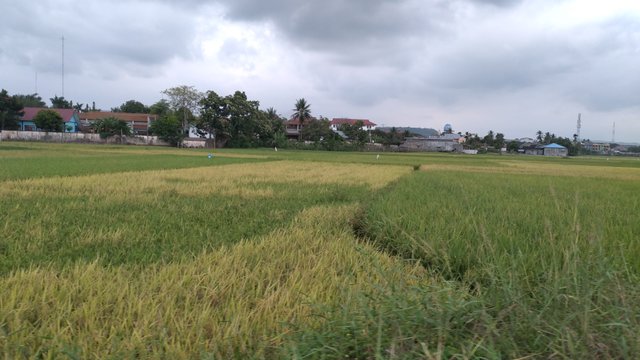
The existence of rice fields has many functions, both for human life and the environment. The function of rice fields for human life, apart from being a food producer, is also a source of income, a place to work, a place for recreation, a place to seek knowledge, and so on. The function of rice fields for the environment can be seen from the function of rice fields as a place for various plants to live, a breeding ground for various living organisms such as worms, various insects, birds, eels, snakes and other organisms, playing a role in preventing flooding, erosion and soil erosion. landslide. However, if not managed properly, rice fields can also have negative impacts on humans and the environment, such as water, soil and air pollution due to the use of chemicals and agricultural mechanization.
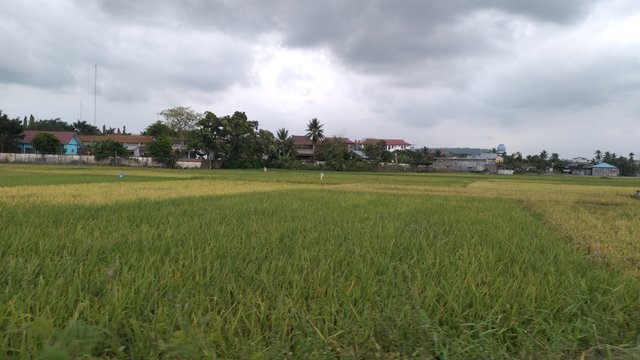
Rice fields are one of the characteristics of traditional community life which are commonly found in several countries where the majority of the population consumes rice as a staple food, such as in Asia (Southeast Asia, South Asia and East Asia). Rice fields which are a characteristic of traditional community life have existed since ancient times. Evidence that rice fields have existed since ancient times according to Rostam and Anuar (1984) has been studied by archaeologists who informed that rice field farming with the main crop being rice began in India and China more than 1,000 years ago BC. Rice farming activities with the staple crop of rice are beginning to be developed to other Asian regions, including Indonesia. Because several Asian countries feel that rice is suitable as a staple food, the development of rice fields in Asian countries is quite rapid.
Agricultural land in the form of rice fields is usually characterized by the presence of embankments surrounding it with the aim of separating one area of rice field from another. Apart from that, land embankments are also made to prevent excessive water coming in and out so that water conditions can be regulated according to needs. Another characteristic of rice fields is that the types of plants planted in rice fields are usually the staple crop of rice during the rainy season and secondary crops (beans, corn, tubers), vegetables (long beans, mustard greens, chili peppers and shallots), as well as fruit. fruits (melon, papaya and watermelon) and other plants.
